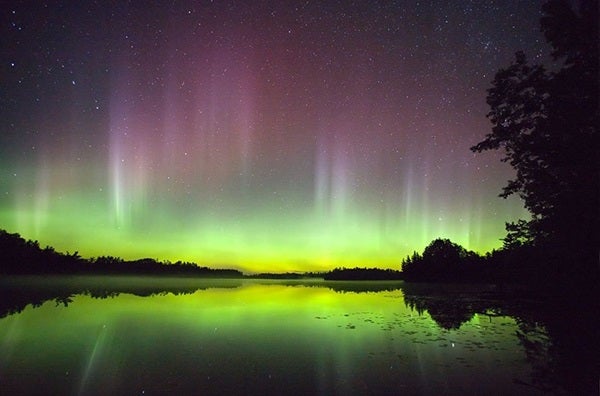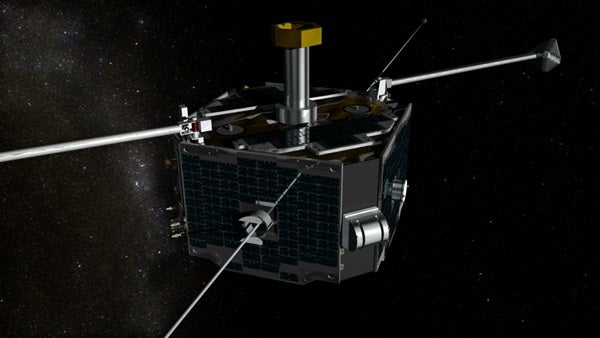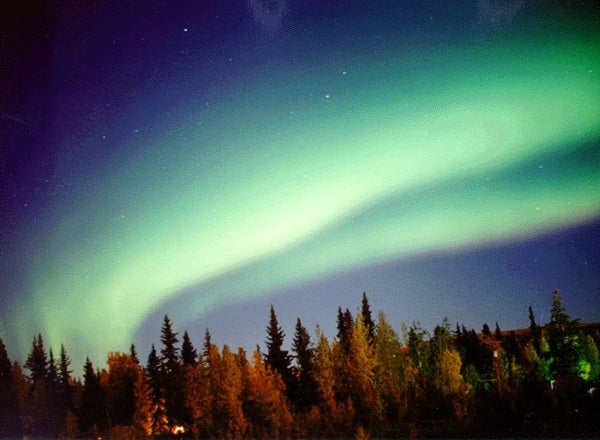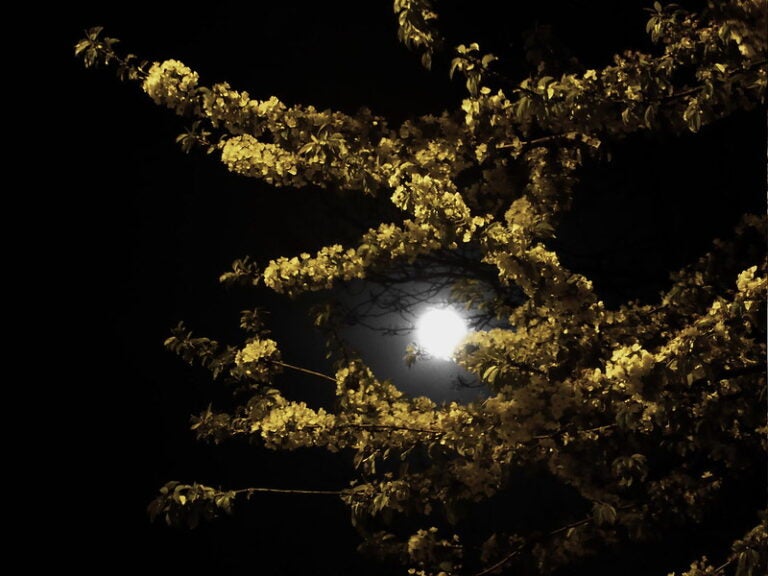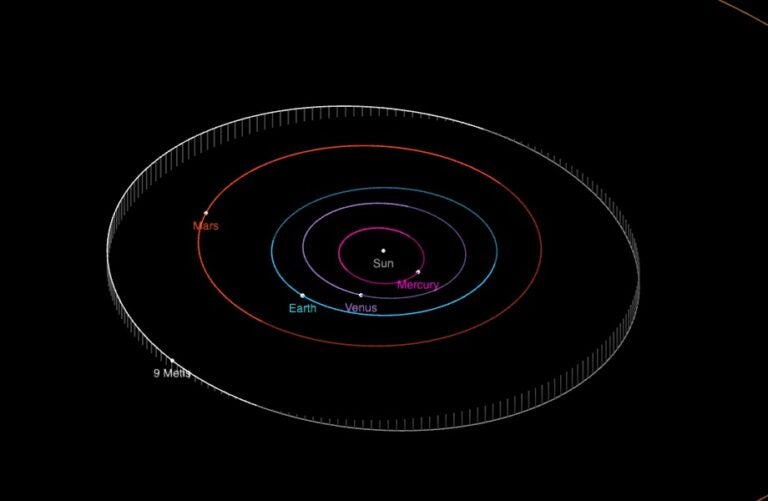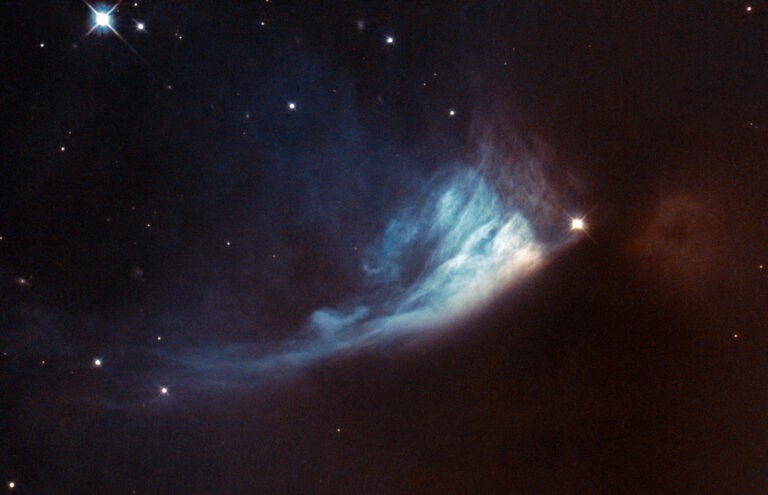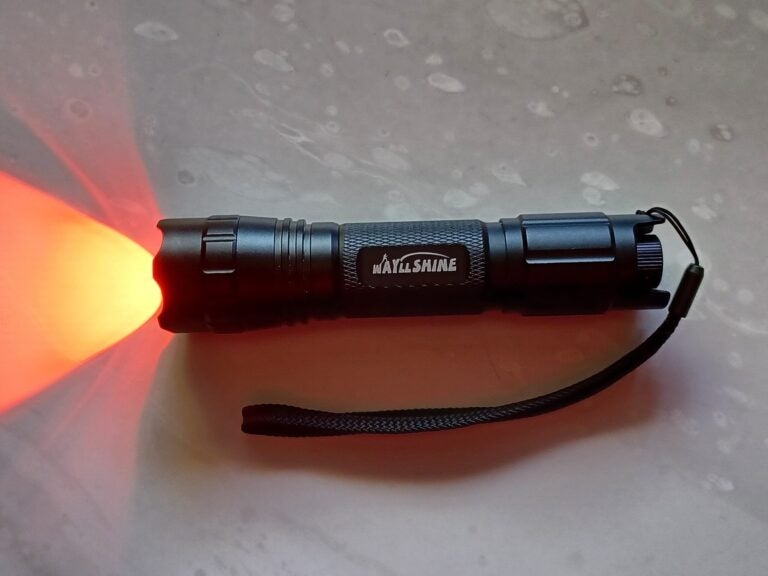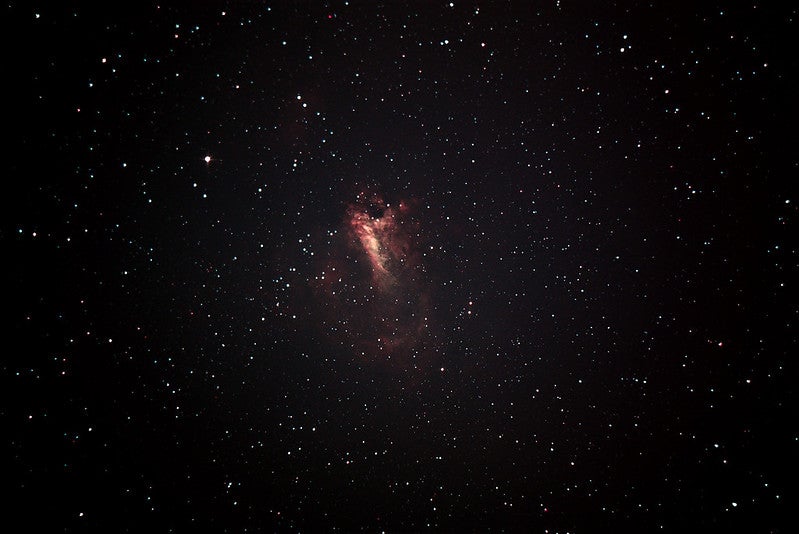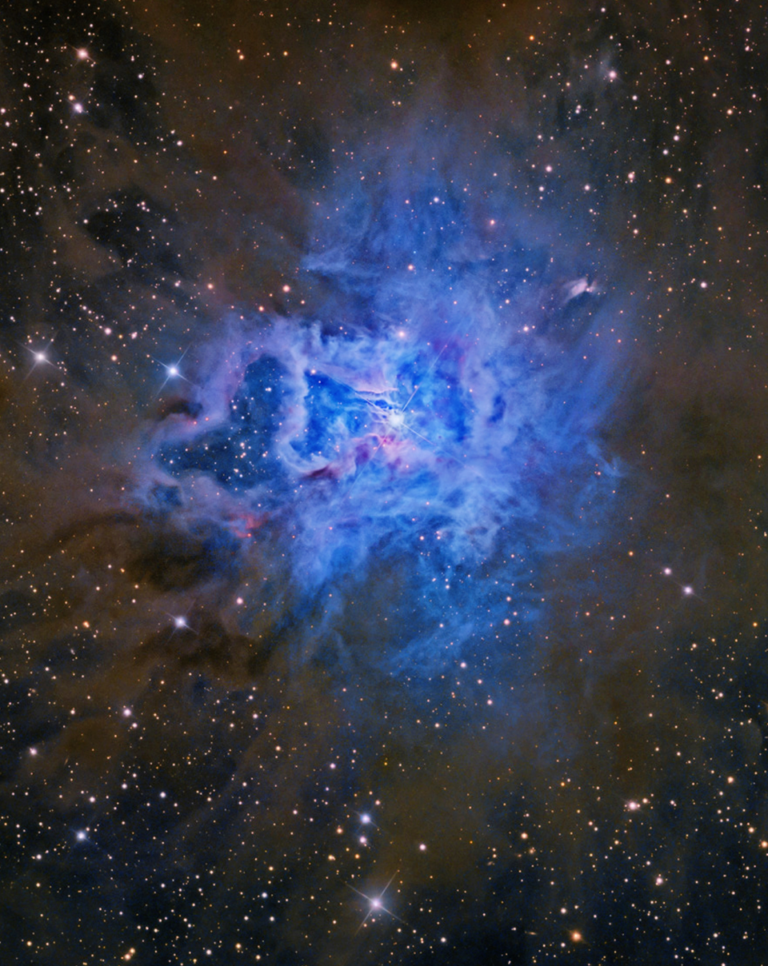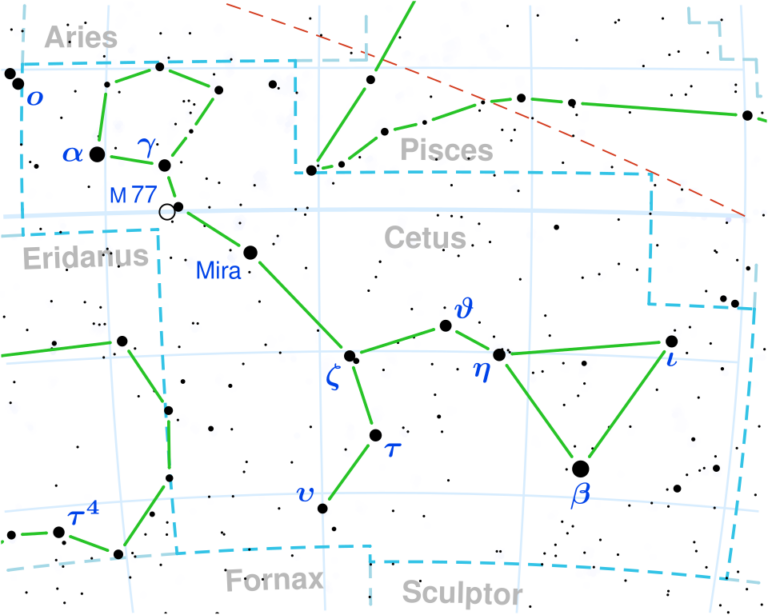For reasons not fully understood by scientists, the weeks around the vernal equinox are prone to Northern Lights.
This is a bit of a puzzle. Auroras are caused by solar activity, but the Sun doesn’t know what season it is on Earth. So how could one season yield more auroras than another?
“There’s a great deal we don’t understand about auroras,” says UCLA space physicist Vassilis Angelopoulos. For instance, “Auroras sometimes erupt with little warning and surprising intensity. We call these events sub-storms, and they are a big mystery.” What triggers the eruptions? Where is sub-storm energy stored? (It has to gather somewhere waiting to power the outburst.)
And, of course, why springtime?
To answer these questions and others, NASA has deployed a fleet of five spacecraft named THEMIS (short for “Time History of Events and Macroscale Interactions during Substorms”) specially instrumented to study auroras. Angelopoulos is the mission’s principal investigator.
Launched in February 2007, THEMIS has already observed one geomagnetic storm with a total energy of 500,000 billion (5 x 10^14) Joules. “That’s approximately equivalent to the energy of a magnitude 5.5 earthquake,” says Angelopoulos. “This storm moved twice as fast as anyone thought possible,” crossing an entire polar time zone in 60 seconds flat!
THEMIS may have found the storm’s power supply. “The satellites have detected magnetic ropes connecting Earth’s upper atmosphere directly to the Sun,” says Dave Sibeck, project scientist for the mission at the Goddard Space Flight Center. “We believe that solar wind particles flow in along these ropes, providing energy for geomagnetic storms and auroras.” Sibeck likens them to ropes because the magnetic fields in question are organized much like the twisted hemp of a mariner’s rope. Solar wind particles flow along the ropes in whirligig trajectories leading from the Sun to Earth.
It turns out that magnetic connections between the Sun and Earth are favored in springtime. It’s a matter of geometry: As Earth goes around in its orbit, Earth’s magnetic poles wobble back and forth. (The poles don’t really wobble, but the combinations of Earth’s 23° polar tilt plus orbital motion makes the poles appear to wobble from the solar point of view.) Around the time of the equinox, Earth’s magnetic field is best oriented for connecting-up with the Sun, opening the door for solar wind energy to flow in and spark Northern Lights.
But wait, there are two equinoxes, spring and fall, with similar magnetic geometry. Indeed, autumn is aurora season, too. Geomagnetic disturbances are almost twice as likely in spring-fall versus winter-summer, according to historical records.
THEMIS is just getting started. The five spacecraft are on a 2-year mission to explore Earth’s magnetic field and they are only now settling into their optimum science orbits. “With five satellites, we can map the complex ebb and flow of energy during geomagnetic storms better than any single satellite ever could,” points out Angelopolous. “There’s no telling what we might learn.”

